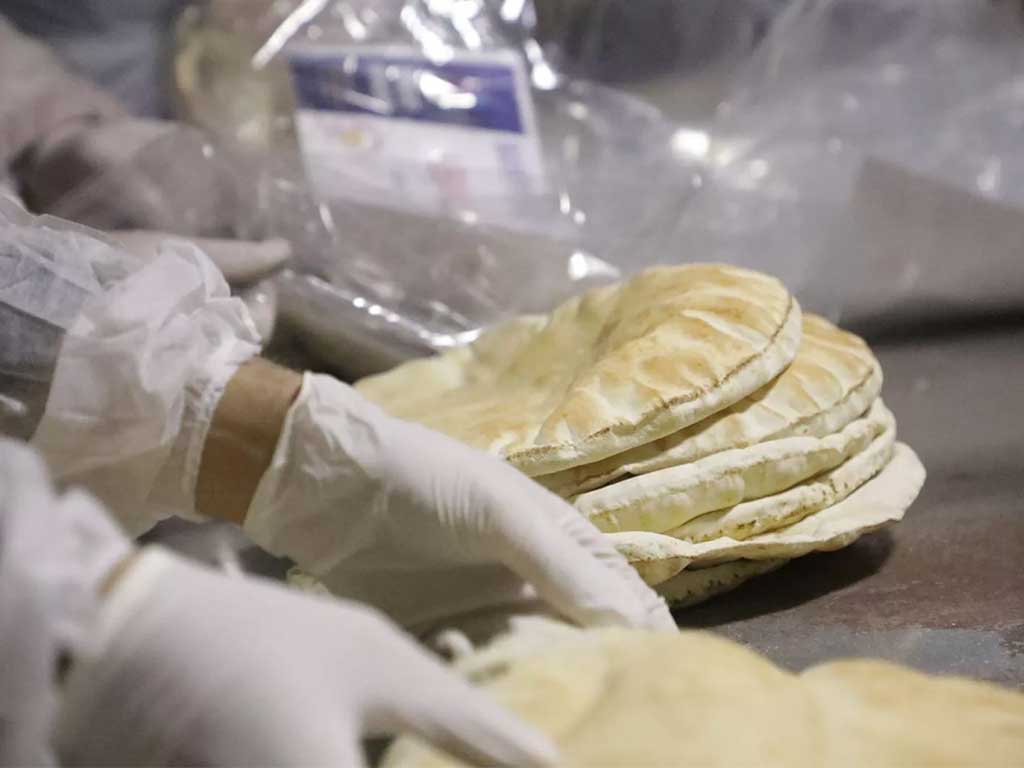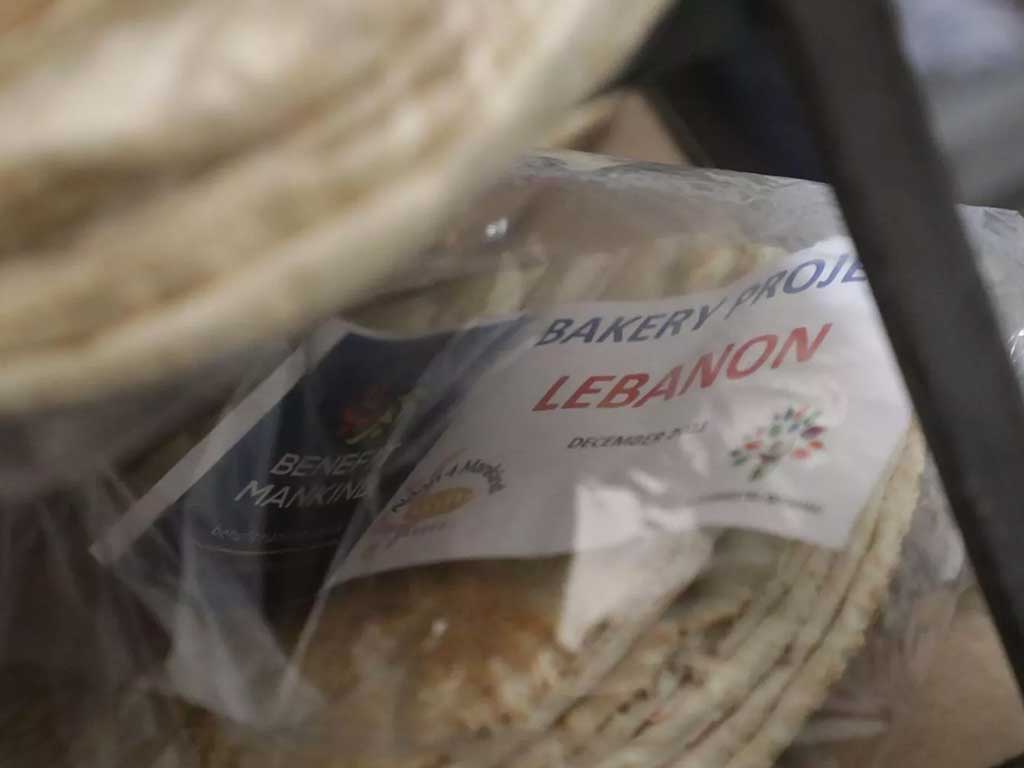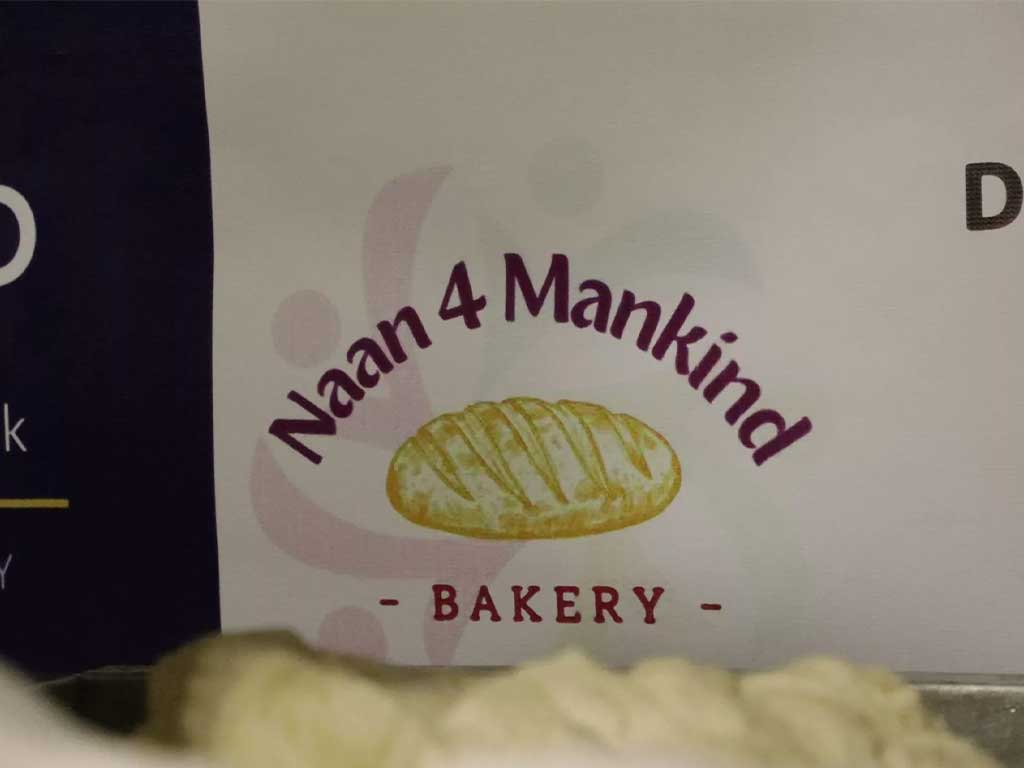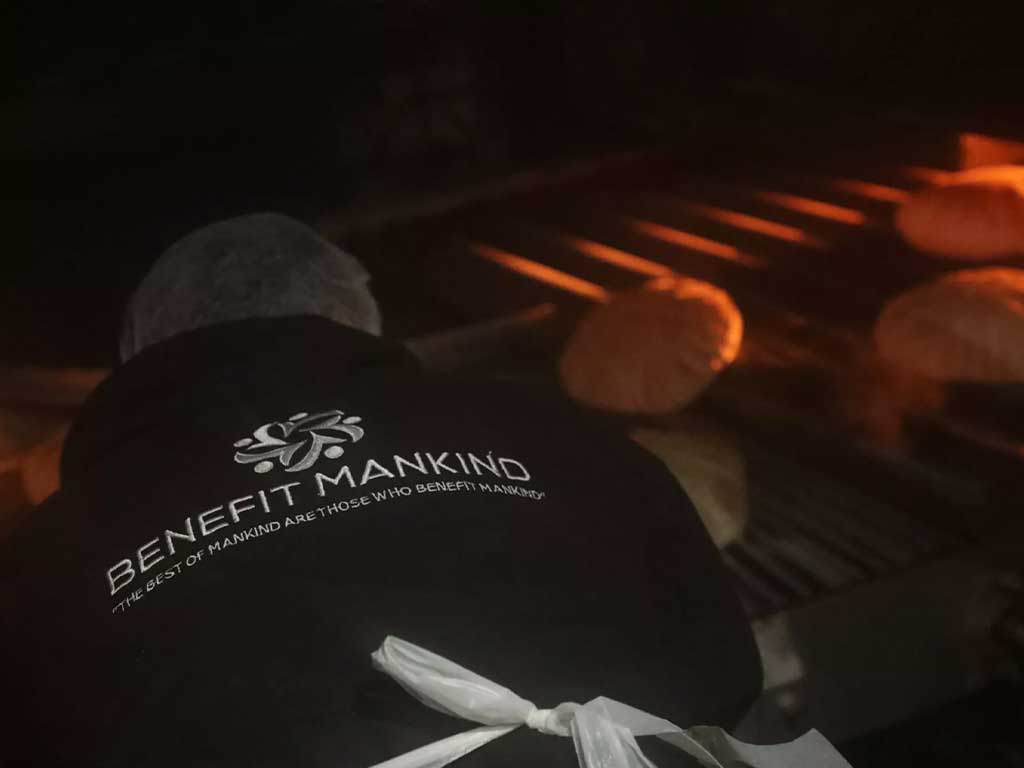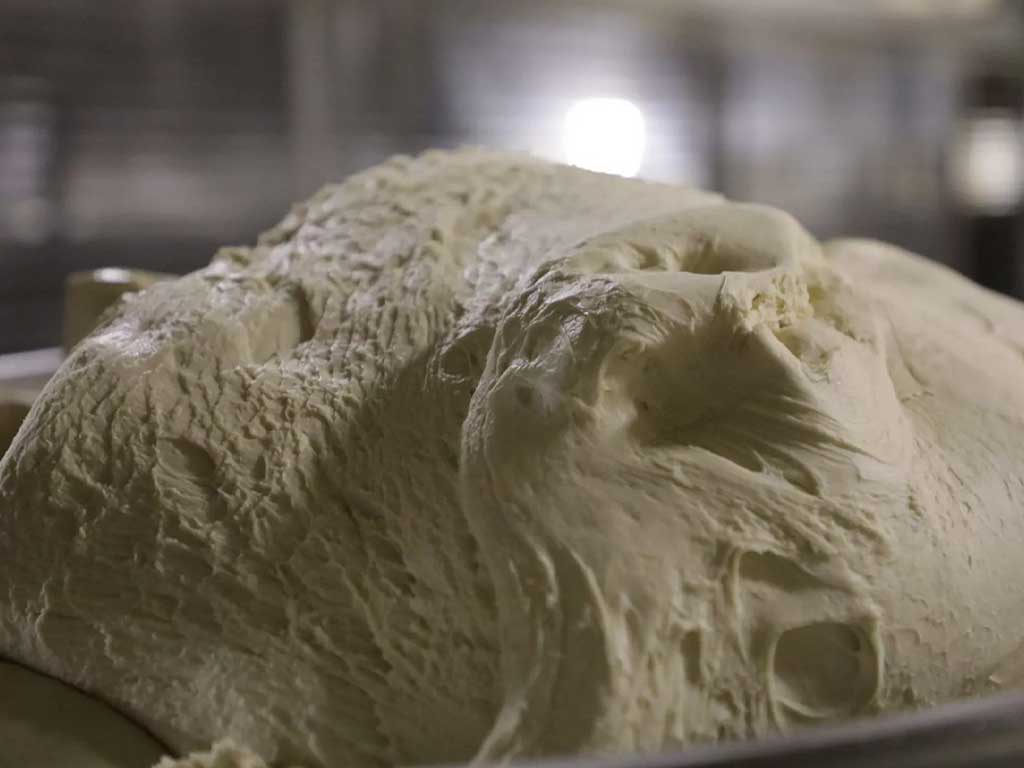Syria Key Facts
Over a decade on, the conflict in Syria is still causing untold suffering and pain.
- Over 80% of the population live in poverty
- 10 Years of pain and challenges
- More than 9 million Syrians are food insecure
- Over 6 million people remain displaced
Virtues
The reward of feeding the poor is high in magnitude as the Holy Quran tells us: “Give food, out of love for Him, to the poor and the orphan and the captive, [saying] “We feed you, for Allah’s pleasure only — We desire from you neither reward nor thanks.” [76:5-12].
Bread Project
Bread is a staple part of diets the world over and Syria is no exception. More than 6.2 million Syrians have been displaced internally, 5.6 million have become refugees in neighbouring countries: Lebanon, Jordan, Turkey, Egypt and Iraq. Millions are living in desperate conditions with little or no food and water.
The bread factory is important in many ways; Not only does it help to alleviate hunger, but it also provides jobs and stability and promotes a much-needed sense of normality in an area that has been devastated by four years of violent conflict. Not only this, but the project brings people together.
Our bread factory is situated in Lebanon providing bread to Syrian refugees who currently reside in Camps, not only do they struggle on a daily basis, but the families have no means of income to ease their pain. We aim to deliver bread daily to these families with your support. Families are forced to ration their food and send their children to bed with empty stomachs, all because food insecurity is on the increase.

